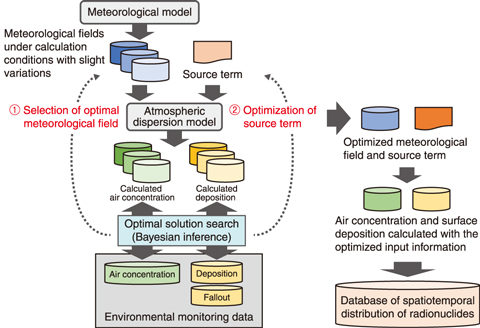
Fig.1-29 Optimization method of atmospheric dispersion calculation

Fig.1-30 Surface deposition distribution of 137Cs
To evaluate the radiological dose to the public resulting from the accident at the TEPCO’s Fukushima Daiichi NPS (1F), especially in the early stage when the measured data are limited, it is necessary to reconstruct the spatiotemporal distribution of radioactive materials in the environment by atmospheric dispersion simulations. In such simulations, the atmospheric transport and surface deposition of radioactive materials are calculated using calculated meteorological fields (wind, precipitation, etc.) and the source term of the radioactive materials. In the previous studies, the reproducibility of meteorological simulations using a data assimilation method was not sufficient due to the lack of measured data, being a cause of uncertainty in the calculated radioactive plume. Thus, when estimating the source term from the comparison of dispersion calculations and environmental monitoring data, it was necessary to correct dispersion calculations and select monitoring data with a subjective evaluation based on expert knowledge and experiences.
In this study, we succeeded in optimizing source term using a statistical method, Bayesian inference, by improving the reproducibility of the meteorological simulation by feeding back the comparison results of dispersion calculation results and environmental monitoring data (Fig.1-29). First, many meteorological fields were created by many meteorological calculations with slightly different initial conditions. Based on Bayesian inference using the dispersion calculation results using various meteorological fields and the 137Cs air concentration measurements such as hourly data by analysis of suspended particulate matter (SPM) at many monitoring stations, the optimum meteorological field (i.e., that best reproduces the radioactive plume movement) was selected (① in Fig.1-29). Next, the source term estimated by the previous study was optimized using Bayesian inference, which uses the dispersion calculation results with the optimum meteorological field and various environmental monitoring data such as air concentration, surface deposition map and daily fallout (② in Fig.1-29).
This optimized dispersion calculation was validated using environmental monitoring data of 137Cs. Comparing the air concentration with the SPM data indicated that the percentage of calculated values within 1/10 to 10 times the observed values improved to 47.3% from 35.9% in the previous study. The simulation successfully reproduced the distribution of the surface deposition observed by airborne survey (Fig.1-30) and the calculated 137Cs deposition amount on land was 2.1 × 1015 Bq, closer to the observed 2.4 × 1015 Bq than the results by the previous study of 3.7 × 1015 Bq.
A database of the spatiotemporal distribution of major radionuclides (131I, 134Cs, 137Cs, 132Te) in the environment was then constructed using the optimized source term and dispersion calculation. This database was used for a comprehensive dose assessment along with the behavioral pattern of evacuees and contributed to the refinement of the dose estimate in a Japanese dose assessment project.
This research includes the results of the FY2018 research on the health effects of radiation, supported by the Ministry of the Environment of Japan (MOE).
(Hiroaki Terada)